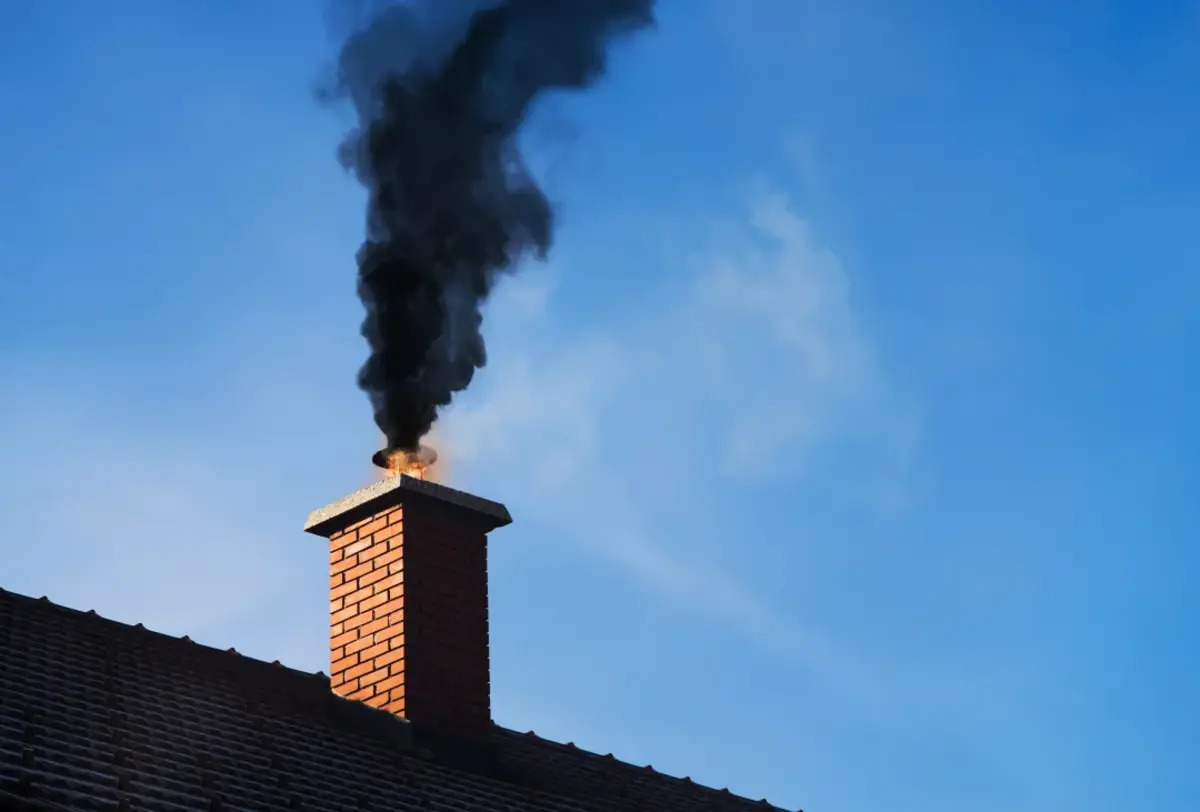

Articles
What Happens If You Don’t Clean Your Chimney
Modified: February 27, 2024
Discover the consequences of neglecting chimney cleaning and maintenance. Learn why regular cleaning is crucial to avoid safety hazards and improve air quality. Read more in our informative articles.
(Many of the links in this article redirect to a specific reviewed product. Your purchase of these products through affiliate links helps to generate commission for Storables.com, at no extra cost. Learn more)
Introduction
Welcome to the world of chimneys and the importance of keeping them clean. While chimneys may seem like a simple and decorative feature of a house, they play a crucial role in ensuring the safety and functionality of your home. Regular chimney cleaning is essential to maintain optimal performance and prevent potential risks and dangers.
A chimney is designed to provide a safe exit for smoke, gases, and other byproducts of combustion from fireplaces, wood-burning stoves, or furnaces. Over time, these byproducts can accumulate in the chimney in the form of soot, creosote, debris, and even animal nests. If not cleaned regularly, these buildups can pose serious hazards to your home and health.
So, what happens if you don’t clean your chimney? Let’s explore the potential risks and dangers associated with neglecting chimney maintenance, and why it’s crucial to prioritize regular chimney cleaning.
Key Takeaways:
- Regular professional chimney cleaning is essential to remove soot, creosote, and debris, ensuring a safe and efficient chimney that reduces the risk of fires, carbon monoxide leaks, and other hazards.
- While some DIY chimney cleaning tasks can be performed, it’s crucial to prioritize safety and recognize when professional intervention is necessary for thorough inspections and maintenance.
Read more: What Happens To Grass If You Dont Cut It
Importance of Chimney Cleaning
Chimney cleaning is not just a cosmetic maintenance task; it is a vital part of keeping your home safe and functional. Here are some key reasons why chimney cleaning is important:
- Preventing Fire Hazards: One of the primary reasons to clean your chimney regularly is to prevent fire hazards. When soot, creosote, and debris accumulate in the chimney, they become highly flammable. A simple spark from your fireplace could ignite these buildups, leading to a chimney fire. Regular cleaning removes these combustible materials and significantly reduces the risk of chimney fires.
- Ensuring Good Indoor Air Quality: A dirty chimney can impact the air quality inside your home. When the chimney is clogged with soot and buildup, the smoke and gases from the fireplace don’t have a clear pathway to exit the house. As a result, these pollutants can enter your living space, leading to poor indoor air quality. Regular cleaning ensures proper ventilation and allows for the safe expulsion of these harmful substances.
- Preventing Smoke and Carbon Monoxide Poisoning: A poorly maintained chimney can cause smoke and carbon monoxide to enter your home instead of being safely vented out. Breathing in smoke can be harmful to your respiratory system, while carbon monoxide is a colorless and odorless gas that can be lethal. Regular chimney cleaning and inspection can help detect and address any issues that may contribute to smoke or carbon monoxide leaks.
- Identifying Blockages and Structural Damage: Regular chimney cleaning by a professional also involves a thorough inspection. During this inspection, any blockages or structural damage to the chimney can be identified. Blockages such as animal nests or excess debris can obstruct the airflow and increase the risk of fire or poor ventilation. Structural damage, such as cracks or crumbling bricks, can compromise the integrity of the chimney and pose safety hazards.
- Reducing Energy Costs: A clean chimney ensures efficient operation of your fireplace or wood-burning stove. When the chimney is clear of obstructions, the air can flow freely, allowing for better combustion. This, in turn, improves the heating efficiency and reduces energy costs. A dirty chimney, on the other hand, restricts airflow and hampers the overall performance of the heating system.
As you can see, chimney cleaning goes beyond mere aesthetics. It is an essential part of home maintenance that ensures safety, improves indoor air quality, prevents potential hazards, and saves energy. By regularly cleaning and maintaining your chimney, you can enjoy a warm and cozy home without compromising on safety and well-being.
Potential Risks and Dangers
Ignoring chimney cleaning can lead to various risks and dangers that can jeopardize the safety of your home and your family. Let’s delve into some of the potential hazards:
- Fire Hazards: The accumulation of soot, creosote, and debris in a chimney increases the risk of chimney fires. When these highly flammable substances ignite, they can cause extensive damage to your home and pose a threat to the safety of everyone inside.
- Poor Indoor Air Quality: A neglected chimney becomes a breeding ground for harmful particles and gases, which can infiltrate your living space. Breathing in these pollutants can lead to respiratory problems, allergies, and other health issues.
- Smoke and Carbon Monoxide Poisoning: A dirty chimney can hinder the proper expulsion of smoke and carbon monoxide. These gases can then seep back into your home, leading to smoke inhalation or carbon monoxide poisoning. Both can have serious health consequences, including respiratory distress and even death.
- Blockages and Structural Damage: Over time, chimneys can become obstructed by debris, bird nests, or animal nests. These blockages impede airflow, leading to inefficient operation and potential buildup of dangerous gases. Additionally, neglected chimneys may suffer from structural damage such as cracks, which can compromise the integrity of the chimney and increase the risk of collapse.
- Increased Energy Costs: A dirty chimney affects the efficiency of your heating system. When there is buildup in the chimney, the airflow is hindered, reducing the effectiveness of your fireplace or stove. This inefficiency results in increased energy consumption and higher heating costs.
It’s important to recognize that these risks and dangers can arise when chimney cleaning is neglected. Regular maintenance and cleaning play a crucial role in mitigating these hazards and ensuring the safety of your home and loved ones. By addressing these potential risks, you can maintain a healthy living environment and enjoy the full benefits of your chimney.
Fire Hazards
When it comes to chimney maintenance, one of the most critical aspects is addressing the potential fire hazards that can arise from neglecting chimney cleaning. Here’s why chimney fires are a serious risk:
1. Soot and Creosote Buildup: Whenever you use your fireplace or wood-burning stove, combustion occurs, and smoke is produced. Within this smoke, soot and creosote are byproducts that can cling to the inner walls of your chimney. Over time, these substances accumulate and create a flammable layer. Soot is the black powder residue left behind, while creosote is a highly combustible substance that forms when wood burns incompletely. If the buildup becomes thick enough, it can ignite and result in a chimney fire.
2. Rapid and Intense Heat: When a chimney fire occurs, it can reach extremely high temperatures. The intense heat can cause the walls of the chimney to crack or degrade, compromising the structural integrity. In severe cases, the intense heat can even ignite nearby combustible materials, resulting in a house fire.
3. Flame and Embers: During a chimney fire, flames and embers can be forced out from the top of the chimney. If nearby flammable materials, such as leaves or shingles, are ignited by these flames or embers, they can quickly spread and lead to a dangerous fire situation.
4. Hidden Fires: In some instances, a chimney fire may occur without being noticed immediately. These fires can burn slowly and quietly, causing damage to the chimney without any visible signs. Over time, this can weaken the structure of the chimney, increasing the risk of collapse or the spread of fire to other parts of the house.
5. Smoke and Gas Backdraft: A chimney fire can create a blockage that prevents smoke and gases from escaping through the chimney. As a result, smoke and toxic gases, including carbon monoxide, can be forced back into your home, posing a significant health risk to you and your family.
Regular chimney cleaning and inspections by a professional can help remove the soot and creosote buildup, reducing the risk of chimney fires. Additionally, proper maintenance includes ensuring that the chimney is clear of any debris or blockages that could hinder proper airflow and increase the likelihood of a fire. By addressing fire hazards through regular chimney cleaning, you can significantly decrease the chance of a dangerous and potentially devastating chimney fire.
Poor Indoor Air Quality
A neglected chimney can have a significant impact on the indoor air quality of your home. Here are some reasons why a dirty chimney can lead to poor indoor air quality:
1. Soot and Particulate Matter: When a fire is burning in your fireplace or stove, soot and other particulate matter are released into the air. If the chimney is not clean and functioning properly, these particles can backflow into your home instead of being expelled outside. Breathing in these particles can irritate the respiratory system and worsen existing respiratory conditions, such as asthma or allergies.
2. Carbon Monoxide: Carbon monoxide (CO) is a colorless, odorless, and potentially lethal gas that can be produced when fuel is burned. A healthy chimney helps to safely vent carbon monoxide outside, but if the chimney is blocked or obstructed, this toxic gas can be forced back into your home. Inhaling high levels of carbon monoxide can lead to symptoms such as headaches, dizziness, nausea, and even death in extreme cases.
3. Odors and Smells: A dirty chimney can emit unpleasant odors and smells into your home. The buildup of soot, creosote, and debris can result in a musty and smoky odor that lingers in the air, making your home feel dirty and uninviting.
4. Mold and Mildew: When a chimney is not properly maintained and water seeps in, it can create a moist environment that promotes the growth of mold and mildew. Mold spores can become airborne and circulate throughout your home, leading to respiratory issues and allergies.
5. Allergens and Irritants: A dirty chimney can harbor various allergens and irritants, including dust mites, pet dander, pollen, and even insect debris. These contaminants can enter your living space and trigger allergy symptoms, such as sneezing, coughing, and itchy eyes.
Regular chimney cleaning and inspection by a professional can help prevent these indoor air quality issues. Cleaning removes the buildup of soot and debris, ensuring that the air in your home remains clean and free from harmful particles. Additionally, addressing any blockages or obstructions in the chimney enhances proper ventilation and reduces the risk of backflow of gases and odors. By maintaining a clean and well-functioning chimney, you can create a healthier living environment for you and your family.
Read more: What Happens If Chimney Is Blocked
Smoke and Carbon Monoxide Poisoning
A dirty chimney can pose serious health risks, particularly in terms of smoke and carbon monoxide (CO) poisoning. Here’s why proper chimney cleaning is crucial in preventing these dangerous occurrences:
1. Smoke Inhalation: When a chimney is not clean or functioning properly, smoke produced by your fireplace or stove can be forced back into your home instead of being safely vented outside. Breathing in smoke can irritate the respiratory system and lead to symptoms such as coughing, wheezing, chest tightness, and difficulty breathing. Prolonged exposure to smoke can also increase the risk of developing respiratory infections and exacerbate existing respiratory conditions like asthma or chronic obstructive pulmonary disease (COPD).
2. Carbon Monoxide (CO) Poisoning: A blocked or obstructed chimney can cause carbon monoxide to accumulate within your home. Carbon monoxide is a colorless, odorless, and highly toxic gas that is emitted during the combustion of fuels. When inhaled in high concentrations, it binds to hemoglobin in the blood, reducing its ability to carry oxygen throughout the body. Symptoms of carbon monoxide poisoning include headaches, dizziness, nausea, confusion, and even loss of consciousness. Prolonged exposure to carbon monoxide can be life-threatening.
3. Backdrafting: Backdrafting occurs when the airflow in the chimney is disrupted, causing smoke and toxic gases, including carbon monoxide, to flow back into your living space. This can happen due to obstructions, blockages, or improper ventilation. Backdrafting poses a severe risk as it can lead to immediate exposure to harmful gases.
4. Early Detection: Regular chimney cleaning and inspection by a professional can help identify any issues that may contribute to smoke or carbon monoxide leaks. During the inspection, professionals will check for blockages, structural damage, and ensure proper ventilation. Identifying and addressing these issues early on can significantly reduce the risk of smoke and carbon monoxide poisoning.
5. Carbon Monoxide Detectors: Installing carbon monoxide detectors throughout your home is another crucial safety measure. These detectors will sound an alarm if carbon monoxide levels become dangerous. However, it’s important to note that detectors alone cannot prevent carbon monoxide poisoning. Regular chimney maintenance and cleaning are essential in minimizing the risk of carbon monoxide exposure.
Prioritizing regular chimney cleaning and inspections helps ensure that your chimney functions effectively, preventing smoke and carbon monoxide from entering your home. This, in turn, protects your family from the dangers of smoke inhalation and carbon monoxide poisoning, providing you with peace of mind and a safer living environment.
Blockages and Structural Damage
A neglected chimney can suffer from blockages and structural damage, which can compromise its functionality and safety. Here’s why addressing these issues through regular chimney cleaning is essential:
1. Blockages: Over time, chimneys can become obstructed by a variety of elements. Leaves, twigs, bird nests, and other debris can accumulate in the chimney’s flue, creating blockages that impede the flow of air and gases. These blockages can prevent proper ventilation, increasing the risk of smoke backups, poor combustion, and carbon monoxide buildup. Regular chimney cleaning ensures that blockages are removed, allowing for optimal airflow and reducing potential hazards.
2. Animal Nests: Chimneys often attract animals seeking shelter, especially during colder months. Birds, squirrels, raccoons, and other critters may build nests inside your chimney, leading to blockages and ventilation issues. Furthermore, these nests can be flammable and pose a fire hazard if ignited by sparks or heat from the fireplace. Cleaning and inspecting the chimney regularly helps to detect and remove any animal nests, ensuring proper chimney functioning and minimizing fire risks.
3. Structural Damage: Over time, exposure to the elements can cause damage to the chimney structure. Cracks, gaps, or deteriorating mortar joints can compromise the integrity of the chimney, posing safety risks. Structural damage increases the likelihood of chimney leaks, which can result in water damage to your home’s interior and even lead to mold growth. Regular inspections during chimney cleaning allow for the detection of structural issues, enabling timely repairs for a safe and functional chimney.
4. Chimney Liner Damage: The liner of your chimney plays a crucial role in protecting the chimney structure and directing the combustion byproducts safely out of your home. A damaged or deteriorated chimney liner can lead to various problems. It may allow heat transfer to adjacent building materials, increase the risk of chimney fires, or cause the release of harmful gases into your living space. Regular cleaning and inspections help identify any liner damage, allowing for necessary repairs or liner replacement to maintain the safety and efficiency of your chimney.
5. Preventing Costly Repairs: Neglecting chimney maintenance can result in more significant and expensive repairs down the line. Detecting and addressing blockages and structural damage early on through regular chimney cleaning and inspections can help prevent costly repairs and potentially save you from more extensive damage to your chimney and home.
By prioritizing regular chimney cleaning and inspections, you can keep your chimney free from blockages, address structural damage promptly, and ensure that it operates safely and efficiently. This proactive approach not only enhances the longevity of your chimney but also provides you with peace of mind, knowing that your home is protected from potential hazards.
Increased Energy Costs
A dirty chimney can have a direct impact on your energy costs by reducing the efficiency of your heating system. Here’s why regular chimney cleaning is essential in preventing increased energy costs:
1. Restricted Airflow: When a chimney is clogged with soot, creosote, or debris, it restricts the flow of air needed for proper combustion. This restriction causes inefficient burning of fuel, which leads to reduced heating efficiency. As a result, your heating system requires more fuel to produce the same amount of heat, leading to increased energy consumption and higher energy costs.
2. Incomplete Combustion: An obstructed chimney can affect the proper combustion process. When the airflow is hindered, the wood or fuel used in your fireplace or stove may not burn completely. Incomplete combustion produces less heat and more smoke, resulting in wasted energy and increased fuel consumption.
3. Overworking the Heating System: When a chimney is dirty and not functioning efficiently, your heating system needs to work harder to compensate for the restricted airflow. It may need to run for longer periods or at higher temperatures to achieve the desired level of warmth in your home. This continuous strain on your heating system leads to increased wear and tear and can eventually result in the need for costly repairs or replacement.
4. Wasted Heat: A properly functioning chimney helps to direct the heat produced by your fireplace or stove into your home. However, a dirty chimney with blockages can prevent this heat from entering your living space. Instead, it may escape through cracks or gaps in the chimney, or even be trapped within the chimney itself. This wasted heat means that you are not maximizing the energy efficiency of your heating system, resulting in higher energy costs.
5. Energy Conservation: Regular chimney cleaning not only enhances the efficiency of your heating system but also promotes energy conservation. By improving the overall airflow and combustion process, you reduce your energy consumption, minimize waste, and contribute to a more sustainable and eco-friendly home.
By prioritizing regular chimney cleaning, you can ensure that your chimney is free from obstructions, allowing for optimal airflow and efficient burning of fuel. This, in turn, reduces your energy costs, prolongs the life of your heating system, and helps create a more energy-efficient home.
Tip: Regularly clean your chimney to prevent the buildup of creosote, which can lead to chimney fires. Hire a professional chimney sweep at least once a year.
Signs of a Dirty Chimney
Recognizing the signs of a dirty chimney is crucial in maintaining a safe and functional fireplace or stove. Here are some common indications that your chimney needs cleaning:
1. Soot Buildup: A visible buildup of black residue, known as soot, on the fireplace walls or on the glass doors is a clear sign of a dirty chimney. Soot forms when carbon-based materials, such as wood or coal, burn incompletely, and it can accumulate in the chimney flue over time.
2. Foul Odors: A dirty chimney can emit unpleasant odors into your home. The buildup of soot, creosote, and other debris can create a musty, smoky, or even a rotting smell. If you notice any foul or unexplained odors near your fireplace or coming from your chimney, it may indicate the need for a cleaning.
3. Reduced Draft: A dirty chimney can hinder the draft, which is the flow of air up and out of the chimney. If you notice that your fireplace doesn’t draw in air as well as it used to or if you experience issues with smoke lingering in the room instead of being expelled, it could be a sign of a dirty chimney that needs cleaning.
4. Excessive Burning Smoke: When you light a fire in your fireplace or stove, it is normal to see some smoke initially. However, if you notice an excessive amount of smoke lingering or pouring out of the fireplace, it could indicate a restriction in the chimney, such as a blockage or excessive soot buildup.
5. Soot or Debris Falling into the Fireplace: If you notice bits of soot, debris, or even small animal droppings falling into your fireplace, it is a clear indication of a dirty chimney. These materials should be exiting through the chimney, but if they are making their way back into your home, it is a sign that cleaning is needed.
6. Difficulty Starting or Maintaining Fires: A dirty chimney can affect the airflow, causing difficulty in starting or maintaining a fire. If you’re having trouble getting a fire started or if it is consistently smoldering and struggling to burn properly, it may be due to a dirty chimney inhibiting proper combustion.
7. Increased Carbon Monoxide Detector Activations: If you have a carbon monoxide detector in your home and it starts going off more frequently, it could indicate an issue with your chimney. A dirty chimney can cause carbon monoxide to be forced back into your living space instead of being safely vented outdoors.
8. Animal Activity: If you notice signs of animals, such as birds or squirrels, entering or nesting in your chimney, it is a strong indication of a dirty chimney. Animal activity can lead to blockages and debris buildup, hindering proper chimney functioning.
If you observe any of these signs, it is important to prioritize chimney cleaning. Regular chimney maintenance, including cleaning by a professional, ensures that your chimney operates safely and efficiently, providing you with a warm and cozy home without the risks associated with a dirty chimney.
Read more: What Happens If You Don’t Clean Your Gutters
Soot and Creosote Buildup
Soot and creosote buildup are common issues that occur in chimneys and can have serious consequences if left unaddressed. Understanding the significance of these buildups and how they can impact your chimney and home is crucial. Here’s what you need to know:
1. Soot Buildup: Soot is a black, powdery substance that accumulates on the inner walls of your chimney. It is the residue left behind when carbon-based materials, such as wood, coal, or oil, burn. Over time, this soot can accumulate and form a layer within your chimney. Excessive soot buildup can obstruct airflow and increase the risk of chimney fires.
2. Creosote: Creosote is a highly flammable substance that is formed when wood or other organic materials burn incompletely. It can appear as a shiny, tar-like substance or as a flaky, crusty deposit within the chimney. Creosote is a major concern because it is highly combustible and can lead to chimney fires if not removed regularly.
3. Creosote Types: Creosote forms in different stages or types, which are classified as first, second, and third-degree creosote. First-degree creosote is sooty and relatively easy to remove. Second-degree creosote is a bit sticky and requires more effort to clean. Third-degree creosote is the most hazardous and can take the form of hardened, glazed deposits that are extremely difficult to remove. Third-degree creosote buildup poses a severe fire hazard and often requires professional intervention to remove safely.
4. Fire Hazard: Both soot and creosote are highly flammable substances. When you ignite a fire in your fireplace or stove, the heat and sparks can ignite the soot and creosote in the chimney. This can result in a chimney fire, which can spread to other parts of your home and cause significant damage. Regular chimney cleaning is essential to remove these flammable deposits and reduce the risk of chimney fires.
5. Chimney Fire Risks: Chimney fires can be extremely dangerous and destructive. They can generate intense heat, crack or collapse the chimney structure, and spread fire to other areas of your home. During a chimney fire, flames, smoke, and flying embers may be visible from the top of the chimney, creating a hazardous situation. Regular chimney cleaning is a proactive measure to remove soot and creosote, mitigating the risk of chimney fires and protecting your home and loved ones.
6. Professional Chimney Cleaning: It is highly recommended to hire a professional chimney sweep for regular cleaning, especially when dealing with stubborn creosote buildup. Professional chimney sweeps have the knowledge, experience, and specialized tools to effectively remove soot and dangerous creosote deposits. They can also conduct inspections to identify any underlying issues that may contribute to creosote accumulation or hinder proper chimney function.
In summary, the buildup of soot and creosote in your chimney presents a significant fire hazard. Regular chimney cleaning, including the removal of soot and creosote, is essential for maintaining a safe and functional chimney. By addressing these buildups, you can reduce the risk of chimney fires, protect your home, and ensure the efficient operation of your fireplace or stove.
Damaged or Blocked Chimney Liner
The chimney liner is a critical component of your chimney system. It acts as a protective barrier between the combustion byproducts and the chimney walls, ensuring safe operation. However, over time, the chimney liner can become damaged or blocked, leading to various issues. Here’s what you need to know about a damaged or blocked chimney liner:
1. Importance of the Chimney Liner: The chimney liner serves multiple purposes. Firstly, it protects the chimney walls from the corrosive effects of combustion byproducts, preventing damage and extending the lifespan of the chimney. Secondly, it enhances the airflow and draft within the chimney, optimizing the efficiency of your fireplace or stove. Lastly, it provides an extra layer of insulation, helping to keep the flue gases at an appropriate temperature as they exit the chimney.
2. Damaged Chimney Liner: Over time, the chimney liner can deteriorate due to factors such as age, moisture exposure, or the corrosive nature of combustion byproducts. When the liner is damaged, it can create several problems. First and foremost, it compromises the safety of your chimney. The combustion gases can penetrate the chimney walls, leading to structural damage and the potential for carbon monoxide leaks into your home. Additionally, a damaged liner can disrupt the proper draft and airflow, resulting in inefficient combustion and decreased heating performance.
3. Blocked Chimney Liner: A blocked chimney liner occurs when debris, creosote, or animal nests accumulate within the lining, hindering proper ventilation and airflow. This blockage prevents the efficient release of combustion byproducts and can result in dangerous backdrafting, where smoke and harmful gases are forced back into your home. Blocked chimney liners also increase the risk of chimney fires due to the presence of combustible materials within the flue.
4. Signs of a Damaged or Blocked Chimney Liner: There are several indicators that your chimney liner may be damaged or blocked. These include visible cracks or deterioration on the chimney interior, water leaks or staining on the walls or ceilings near the chimney, excess smoke or odors entering your home, and issues with draft or poor performance of your fireplace or stove. If you notice any of these signs, it is crucial to address the issue promptly to ensure the safety and functionality of your chimney.
5. Professional Chimney Inspection and Repair: If you suspect a damaged or blocked chimney liner, it is best to consult with a professional chimney inspector or sweep. They have the expertise and equipment to assess the condition of the liner and identify any underlying issues. Based on their assessment, they can recommend appropriate repairs, which may include repairing or replacing the chimney liner to restore its integrity and functionality. Regular chimney inspections and maintenance are essential to identify and address any issues with the chimney liner before they escalate into more significant problems.
Remember: A damaged or blocked chimney liner can compromise the safety and performance of your chimney system. Regular maintenance, including professional inspections and chimney cleaning, ensures that your chimney liner remains in good condition, preventing potential hazards and allowing you to enjoy the warmth and comfort of your fireplace or stove with peace of mind.
Chimney Draft Issues
The draft in your chimney plays a vital role in ensuring the proper functioning of your fireplace or stove. It is responsible for drawing in air for combustion and expelling combustion byproducts safely out of your home. However, various factors can cause chimney draft issues, which can affect the performance and safety of your chimney. Here’s what you need to know:
1. What is Chimney Draft?
The chimney draft refers to the flow of air through the chimney created by temperature differences between the interior and exterior of the chimney. As warm air rises, it creates a pressure differential that draws in fresh air for combustion and expels the combustion byproducts out of the chimney.
2. Factors Influencing Chimney Draft:
Several factors can affect the draft in your chimney:
- Chimney Height and Construction: The height and design of the chimney impact the draft. A taller chimney typically creates a stronger, more effective draft.
- Weather Conditions: Changes in weather, such as strong winds or atmospheric pressure, can influence the draft strength and direction.
- Chimney Obstructions: Blockages, debris, or animal nests in the chimney can obstruct the airflow, affecting the draft and potentially causing backdrafting.
- Chimney Design Flaws: Improper chimney design, such as inadequate flue size or improper construction, can lead to draft issues.
- Air Pressure Imbalances: The overall air pressure within your home can impact the chimney draft. Factors like ventilation systems, exhaust fans, and tight seals can disrupt the natural airflow and affect the draft strength.
3. Symptoms of Chimney Draft Issues:
Several signs indicate that you may be experiencing chimney draft problems, including:
- Difficulties Starting or Maintaining a Fire: If you struggle to ignite a fire or find that the fire keeps smoldering or going out, it may indicate poor chimney draft.
- Excessive Smoke or Backdrafting: Smoke lingering in the room, smoke entering your home, or a smoky smell indicates the presence of a draft issue.
- Carbon Monoxide Detector Activations: Frequently triggered carbon monoxide alarms can suggest that the draft is not properly directing the combustion gases out of the chimney.
4. Addressing Chimney Draft Issues:
Resolving chimney draft problems may require professional assistance. Here are some solutions that chimney professionals may employ:
- Chimney Cleaning: Removing obstructions like blockages, debris, and animal nests can restore proper airflow and improve the draft.
- Chimney Inspection and Repair: A thorough inspection can identify any structural issues, such as a damaged chimney liner or construction flaws, which may be contributing to the draft issues. These issues can be addressed through appropriate repairs or chimney liner replacement.
- Draft Enhancers: Installing certain devices, such as draft inducers or chimney caps, can enhance the chimney draft by improving airflow and preventing downdrafts.
A properly functioning chimney draft is essential for the safe and efficient operation of your fireplace or stove. Regular chimney maintenance, including cleaning and professional inspections, can help identify and address draft issues promptly, ensuring a well-functioning chimney system and providing you with a warm and cozy home.
Professional Chimney Cleaning and Maintenance
Professional chimney cleaning and maintenance are crucial aspects of keeping your chimney in optimal condition. While some homeowners may attempt to clean their chimneys on their own, hiring a professional chimney sweep offers several key benefits. Here’s why professional chimney cleaning and maintenance are essential:
1. Expertise and Knowledge: Professional chimney sweeps have the expertise and knowledge necessary to identify and address potential issues with your chimney. They have undergone specialized training and possess the necessary tools to perform thorough inspections, cleaning, and repairs. Their experience enables them to provide comprehensive care for your chimney, ensuring that it functions safely and efficiently.
2. Thorough Cleaning: Professional chimney sweeps use specialized equipment, such as brushes and high-powered vacuums, to clean your chimney thoroughly. They can effectively remove dangerous creosote buildup, soot, debris, and blockages that may be present. By ensuring a clean and clear chimney, they reduce the risk of chimney fires, improve airflow, and maintain proper ventilation.
3. Identification of Issues: During the cleaning process, professional chimney sweeps also conduct detailed inspections of your chimney. They look for signs of damage, such as cracks, deteriorating mortar joints, or a damaged chimney liner. By identifying these issues early on, they can recommend necessary repairs or maintenance, preventing more extensive damage and costly repairs in the future.
4. Safety Measures: Professional chimney sweeps prioritize safety in every aspect of their work. They adhere to strict safety protocols and take measures to protect your home from damage during the cleaning process. Furthermore, they ensure that your chimney is functioning safely, reducing the risk of chimney fires, carbon monoxide leaks, and other hazards.
5. Compliance with Codes and Standards: Professional chimney sweeps are well-versed in local building codes and safety standards. They ensure that your chimney meets these regulations, providing you with peace of mind and ensuring that your home is up to code.
6. Chimney Maintenance Recommendations: In addition to cleaning and inspections, professional chimney sweeps can offer guidance and recommendations for ongoing maintenance of your chimney. They may suggest regular cleaning intervals based on your usage, advise on proper burning practices, and provide additional tips to keep your chimney in excellent condition.
7. Assurance and Peace of Mind: By engaging a professional chimney sweep, you can have confidence that your chimney is being properly cared for. Their expertise, thorough cleaning, and inspections give you peace of mind, knowing that your chimney is safe, functional, and compliant with regulations.
Investing in professional chimney cleaning and maintenance is an investment in the safety, efficiency, and longevity of your chimney. By entrusting your chimney’s care to professionals, you can enjoy the warmth and comfort of your fireplace or stove with confidence, knowing that your chimney is in expert hands.
Frequency of Chimney Cleaning
The frequency of chimney cleaning depends on various factors, including the type of fuel you burn, the usage of your fireplace or stove, and the condition of your chimney. While it is recommended to have your chimney inspected and cleaned annually, there are specific guidelines to consider. Here’s a general overview:
1. Wood-Burning Fireplaces and Stoves:
- Frequent Usage: If you use your wood-burning fireplace or stove as a primary heat source, it is advised to have the chimney cleaned and inspected annually or every 50-70 fires. High usage can result in more significant creosote buildup and warrant more frequent cleaning.
- Infrequent Usage: If you use your wood-burning fireplace or stove less frequently, such as for occasional ambiance or during the colder months, it is still recommended to have the chimney cleaned and inspected at least every 1-2 years. Even with infrequent use, creosote and debris can accumulate over time.
2. Gas Fireplaces and Stoves:
- Gas Inserts or Log Sets: Gas fireplaces or stoves that use gas inserts or log sets typically produce fewer byproducts compared to wood-burning appliances. As a result, they require less frequent cleaning. It is generally recommended to have the chimney and venting system inspected and cleaned every 2-3 years.
3. Oil or Coal-Burning Appliances:
- Annual Cleaning: Oil and coal-burning appliances tend to generate more soot and residue, which can lead to increased chimney buildup. It is typically recommended to have your chimney cleaned and inspected annually for oil furnaces or coal-burning appliances.
4. Other Factors to Consider:
- Environmental Factors: If you live in an area with high humidity, frequent rain, or exposure to severe weather conditions, your chimney may require more frequent cleaning due to potential moisture-related issues.
- Changes in Fuel Type or Appliance: If you switch from one fuel type to another (e.g., from wood-burning to gas), it is recommended to have the chimney inspected and cleaned to ensure it is suitable for the new fuel type. Similarly, if you replace or upgrade your fireplace or stove, it is advisable to have a professional assess the chimney for compatibility and cleanliness.
- Professional Assessment: Ultimately, it is best to consult with a professional chimney sweep who can evaluate your specific situation and provide personalized recommendations based on your usage, fuel type, and chimney condition.
Note: The frequency guidelines provided are general recommendations and should be adjusted based on individual circumstances. If you notice any signs of a dirty chimney, such as excessive soot, strong odors, or poor draft, it is important to address the issue promptly, regardless of the recommended frequency.
Regular chimney cleaning and inspections are essential for maintaining the safety and functionality of your chimney. By following the recommended cleaning guidelines and seeking professional advice, you can ensure a clean and well-maintained chimney, reducing the risks associated with a dirty or neglected chimney.
DIY Chimney Cleaning Tips and Precautions
While it’s generally recommended to hire a professional chimney sweep for thorough chimney cleaning, there are some DIY chimney cleaning tasks that homeowners can safely perform. Keep in mind the following tips and precautions to ensure your safety and the effectiveness of your DIY chimney cleaning efforts:
1. Proper Safety Equipment: Always wear appropriate safety equipment, including gloves, safety goggles, a dust mask or respirator, and protective clothing, to protect yourself from soot, debris, and creosote during the cleaning process.
2. Lay Down Protective Tarps: Before starting the cleaning process, lay down tarps or drop cloths around the fireplace or stove area to protect your floor and furniture from any debris or soot that may fall during cleaning.
3. Use a Chimney Cleaning Brush: A chimney cleaning brush is an essential tool for DIY chimney cleaning. Make sure to choose a brush that is appropriate for the size and shape of your chimney flue. Use the brush to carefully scrub the interior walls of the chimney, working from top to bottom.
4. Remove Soot and Ash: Use a chimney shovel or a small metal scoop to remove any loose soot and ash that has accumulated at the bottom of the fireplace or stove. Place the residue in a metal container for safe disposal.
5. Clear Blockages: If you notice any visible blockages or debris in the chimney, use a long-handled brush or a chimney rod with a brush attachment to gently dislodge and remove the obstructions.
6. Be Mindful of Creosote: Creosote, a sticky and highly flammable substance, can accumulate in the chimney. It is important to exercise caution when dealing with creosote, as it can be challenging to remove without professional equipment. If you encounter significant creosote buildup or glazed creosote, it is recommended to contact a professional chimney sweep to properly address the issue.
7. Inspect for Damage: Take the opportunity while cleaning the chimney to visually inspect the chimney structure for any signs of damage, such as cracks, loose bricks, or deteriorating mortar joints. If you notice any significant damage, it is best to consult a professional chimney sweep for further assessment and repairs.
8. Know Your Limitations: DIY chimney cleaning has its limitations, and some tasks are best left to professionals. It is crucial to recognize when a job requires professional expertise, such as inspecting and cleaning hard-to-reach areas, dealing with excessive creosote or blockages, or addressing complex structural issues. In such cases, hiring a professional chimney sweep is the safest and most effective option.
9. Regular Professional Inspections: While DIY cleaning can help maintain a relatively clean chimney, it is essential to schedule regular professional inspections and cleanings. A professional chimney sweep has the expertise, experience, and specialized tools to thoroughly clean your chimney, identify underlying issues, and ensure optimal functionality and safety.
10. Practice Proper Chimney Usage: To reduce the frequency of needed cleanings, practice proper chimney usage. Burn only well-seasoned firewood, avoid burning trash or cardboard, and maintain a moderate and steady fire to minimize excessive soot and creosote buildup.
Remember, safety is paramount when performing any DIY chimney cleaning tasks. When in doubt, it is always best to consult a professional chimney sweep who can provide expert guidance and perform a thorough chimney cleaning and inspection.
Conclusion
Keeping your chimney clean and well-maintained is essential for the safety, functionality, and efficiency of your home. Neglecting chimney cleaning can lead to various risks and dangers, including fire hazards, poor indoor air quality, smoke and carbon monoxide poisoning, blockages, structural damage, and increased energy costs.
Regular professional chimney cleaning is crucial to remove soot, creosote, debris, and other potential blockages. Professional chimney sweeps have the expertise, knowledge, and specialized tools to thoroughly clean your chimney, identify any issues, and provide necessary repairs or maintenance. They ensure that your chimney operates safely and efficiently, reducing the risk of chimney fires, carbon monoxide leaks, and other hazards.
Certain DIY chimney cleaning tasks can be safely performed, such as removing loose soot and debris or using a chimney brush to clean the chimney walls. However, it is important to exercise caution, wear appropriate safety equipment, and recognize when a job requires professional intervention.
Frequent chimney cleaning, along with regular inspections, are key components of chimney maintenance. The frequency of chimney cleaning depends on factors such as the type of fuel used, usage patterns, and the condition of the chimney. Following recommended cleaning guidelines and seeking professional advice will help ensure that your chimney remains in optimal condition and protects your home and family.
By prioritizing chimney cleaning and maintenance, you can enjoy the benefits of a safe, efficient, and well-functioning chimney. A clean chimney means a warmer, cozier home and peace of mind, knowing that you have taken the necessary steps to minimize potential risks and ensure the longevity of your chimney system.
Frequently Asked Questions about What Happens If You Don't Clean Your Chimney
Was this page helpful?
At Storables.com, we guarantee accurate and reliable information. Our content, validated by Expert Board Contributors, is crafted following stringent Editorial Policies. We're committed to providing you with well-researched, expert-backed insights for all your informational needs.
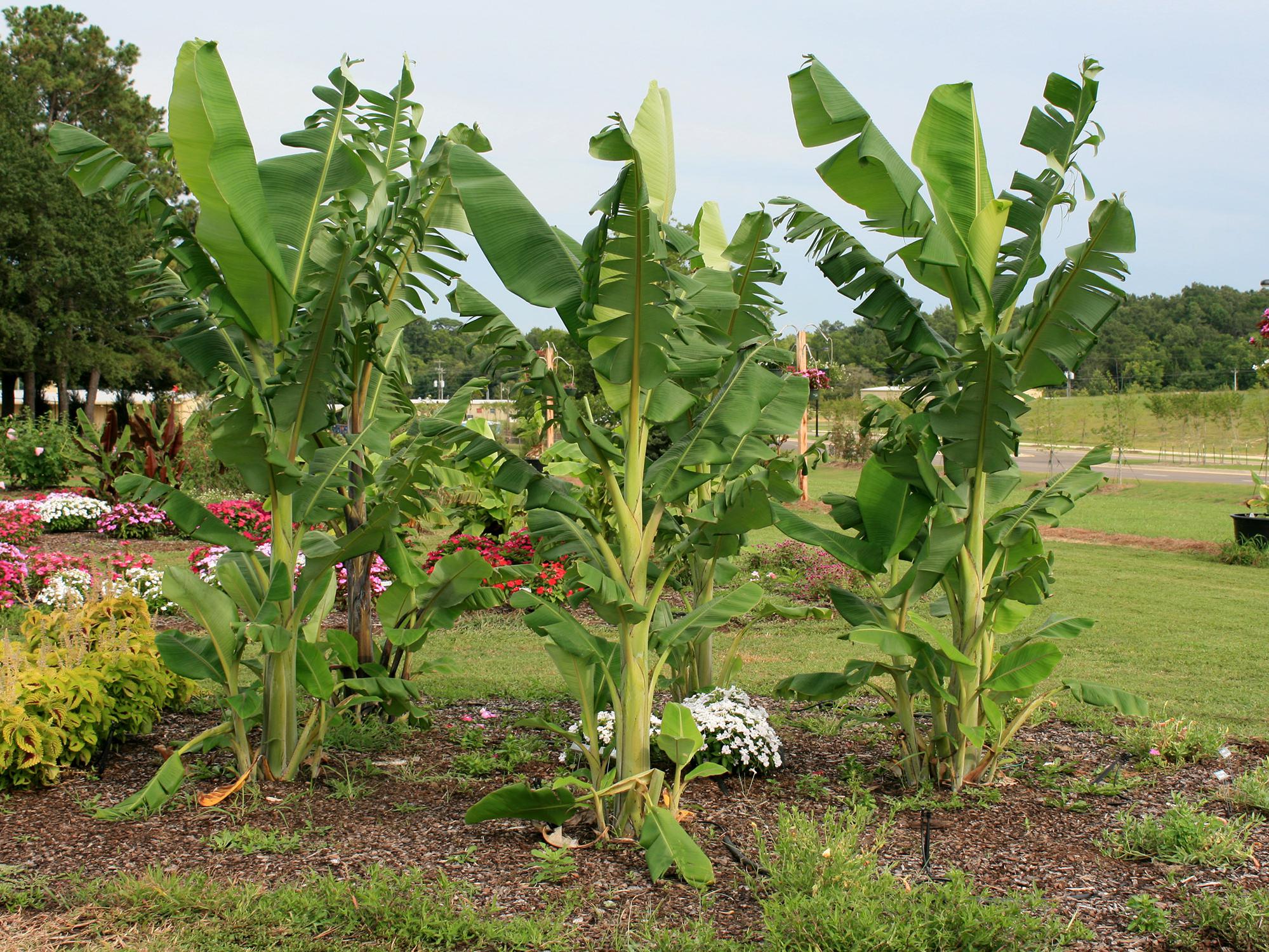
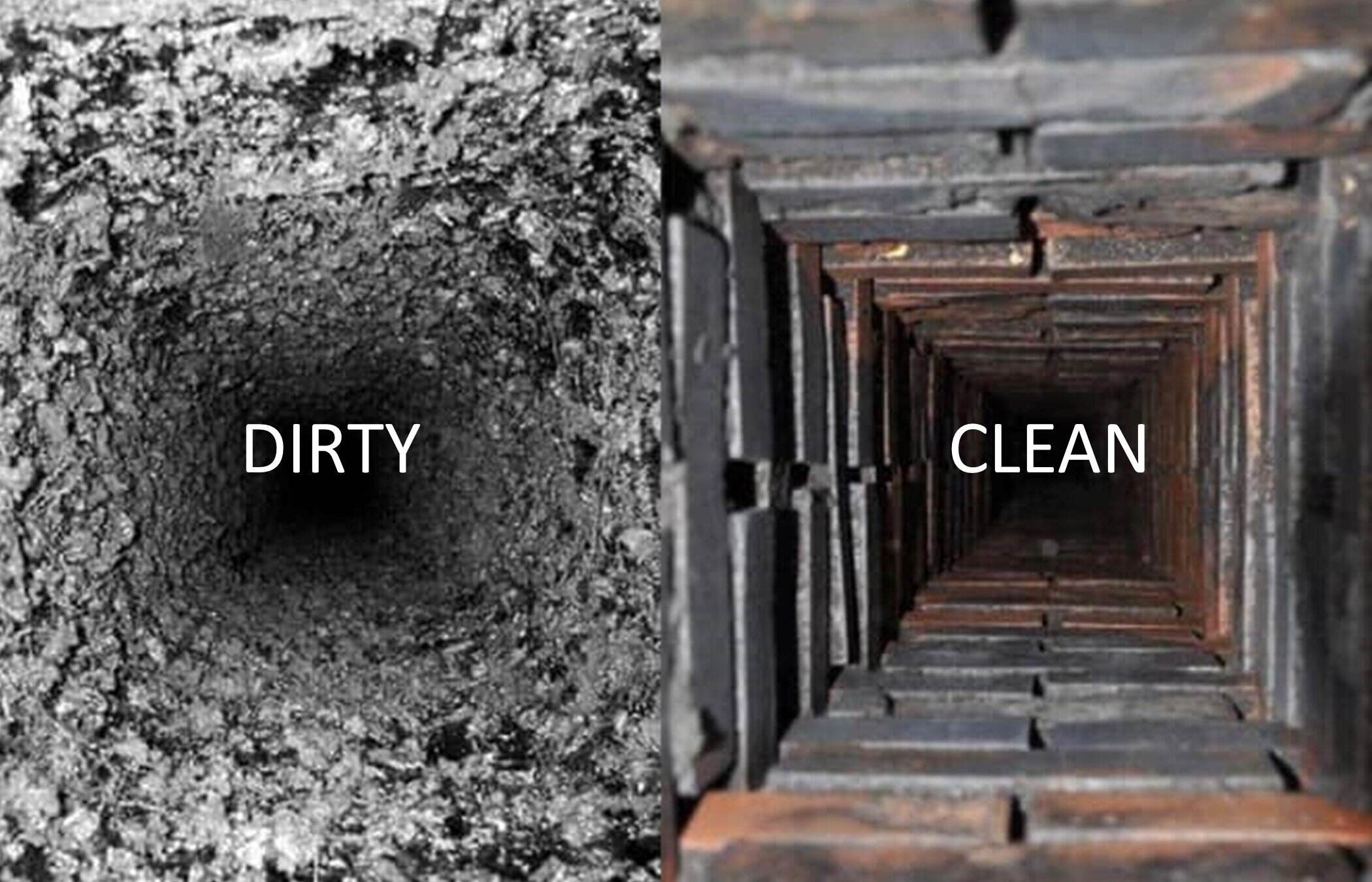
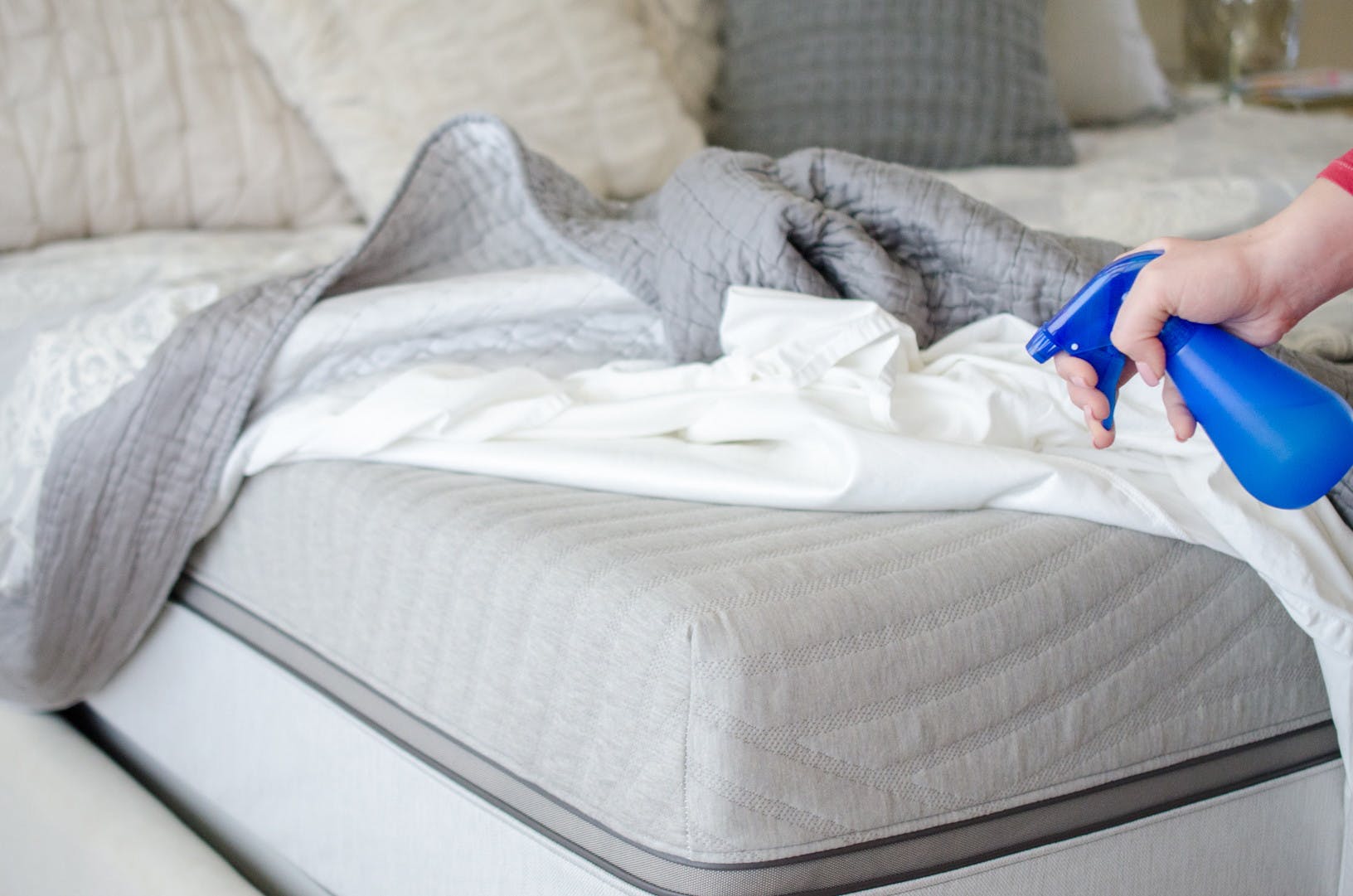
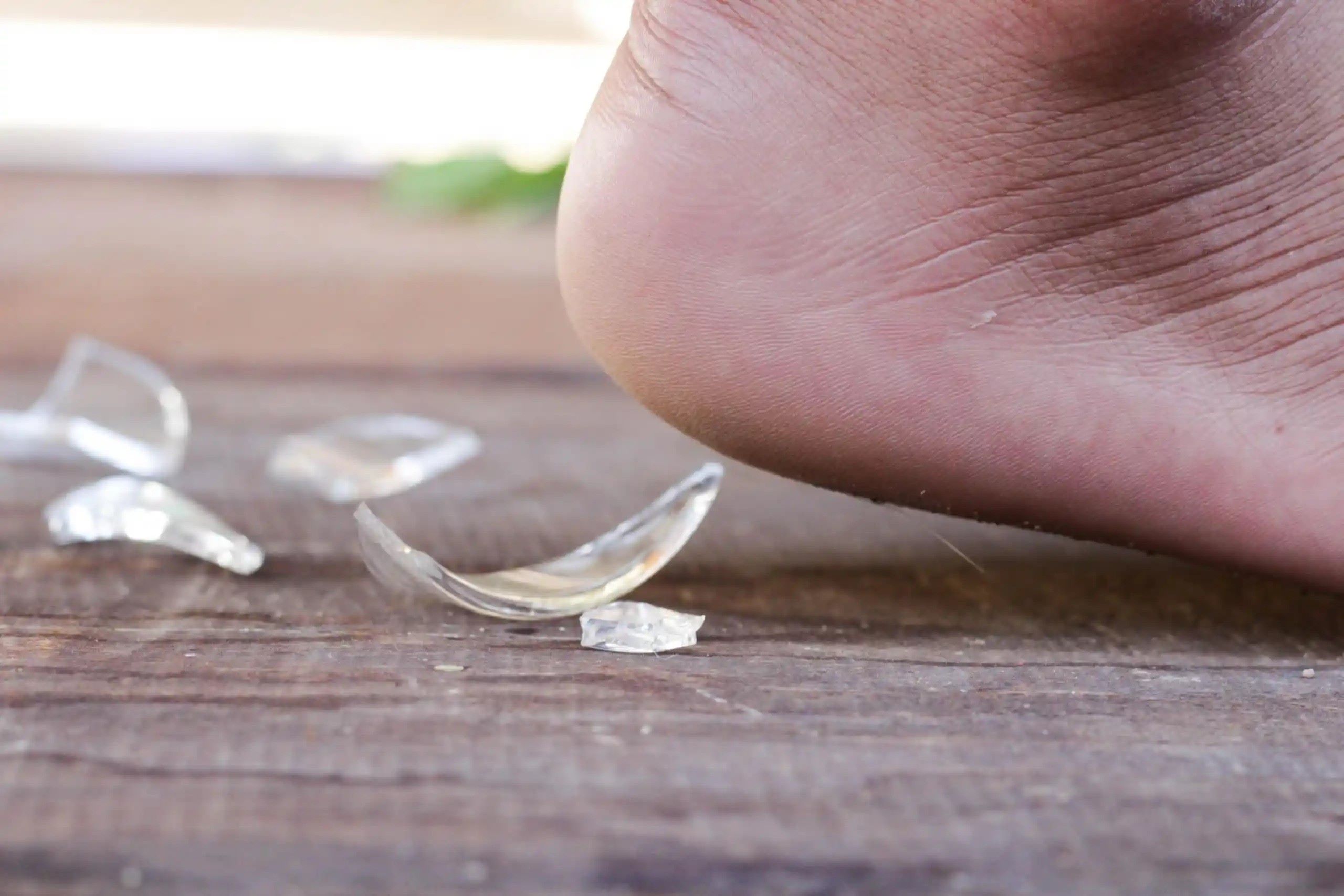
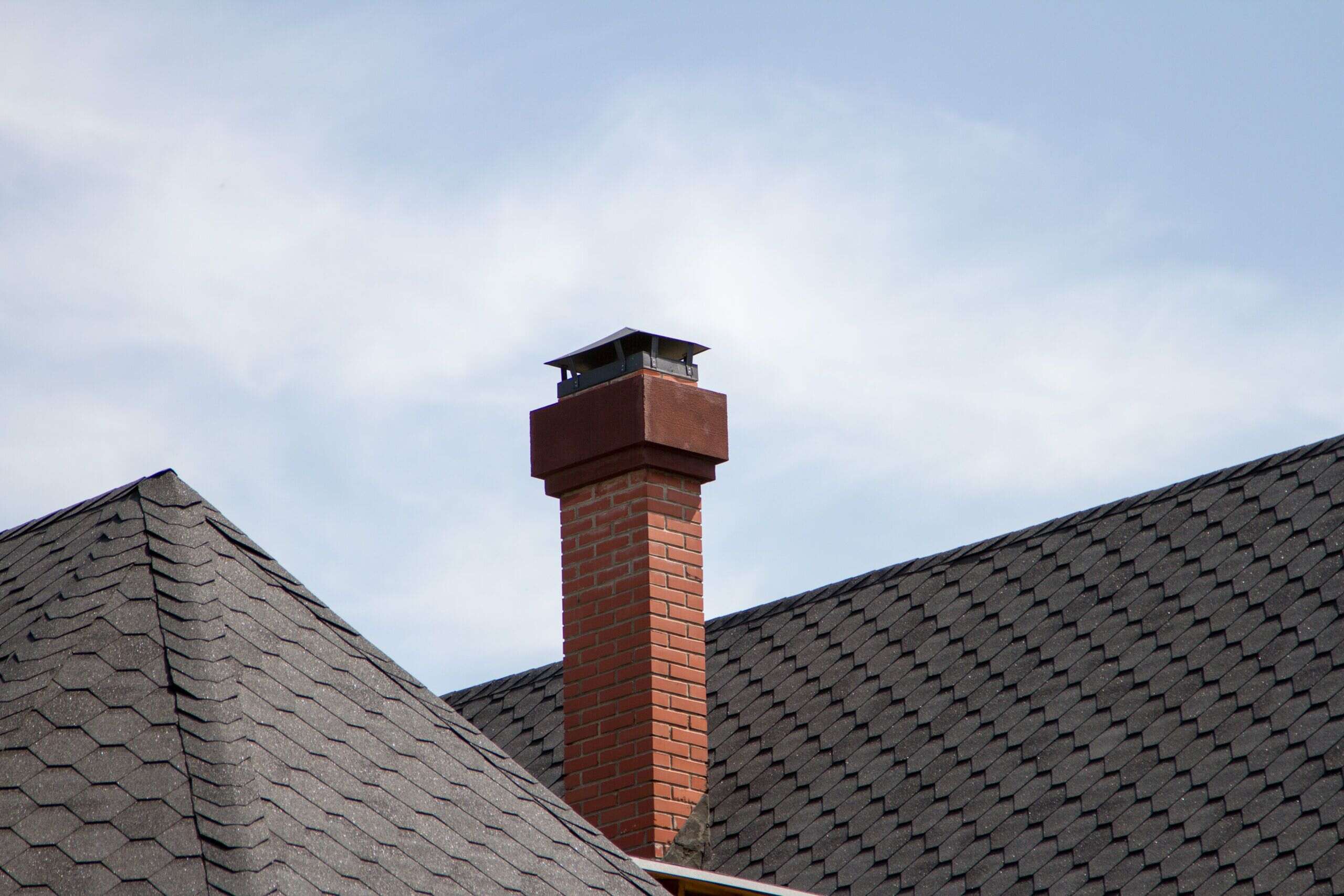
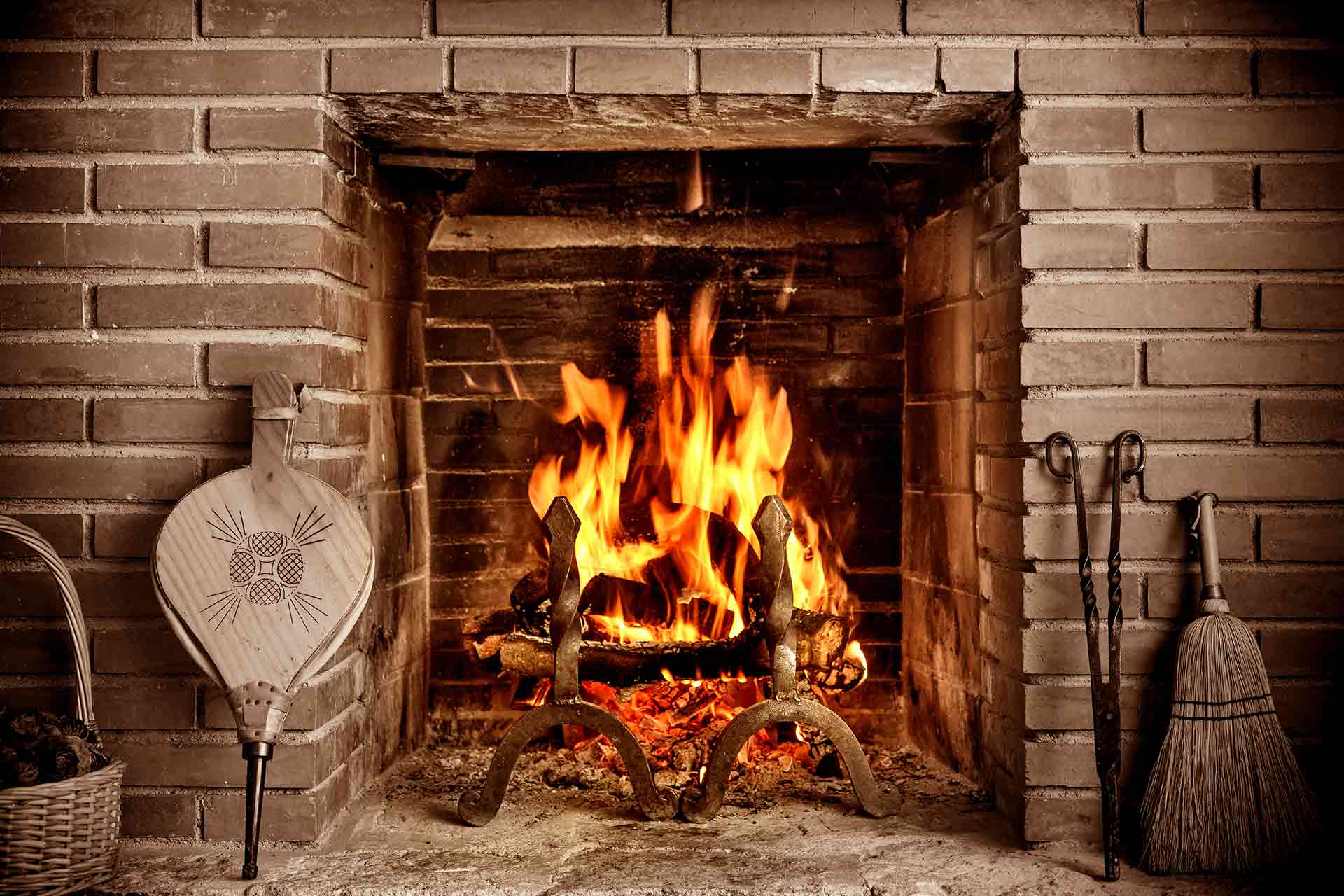
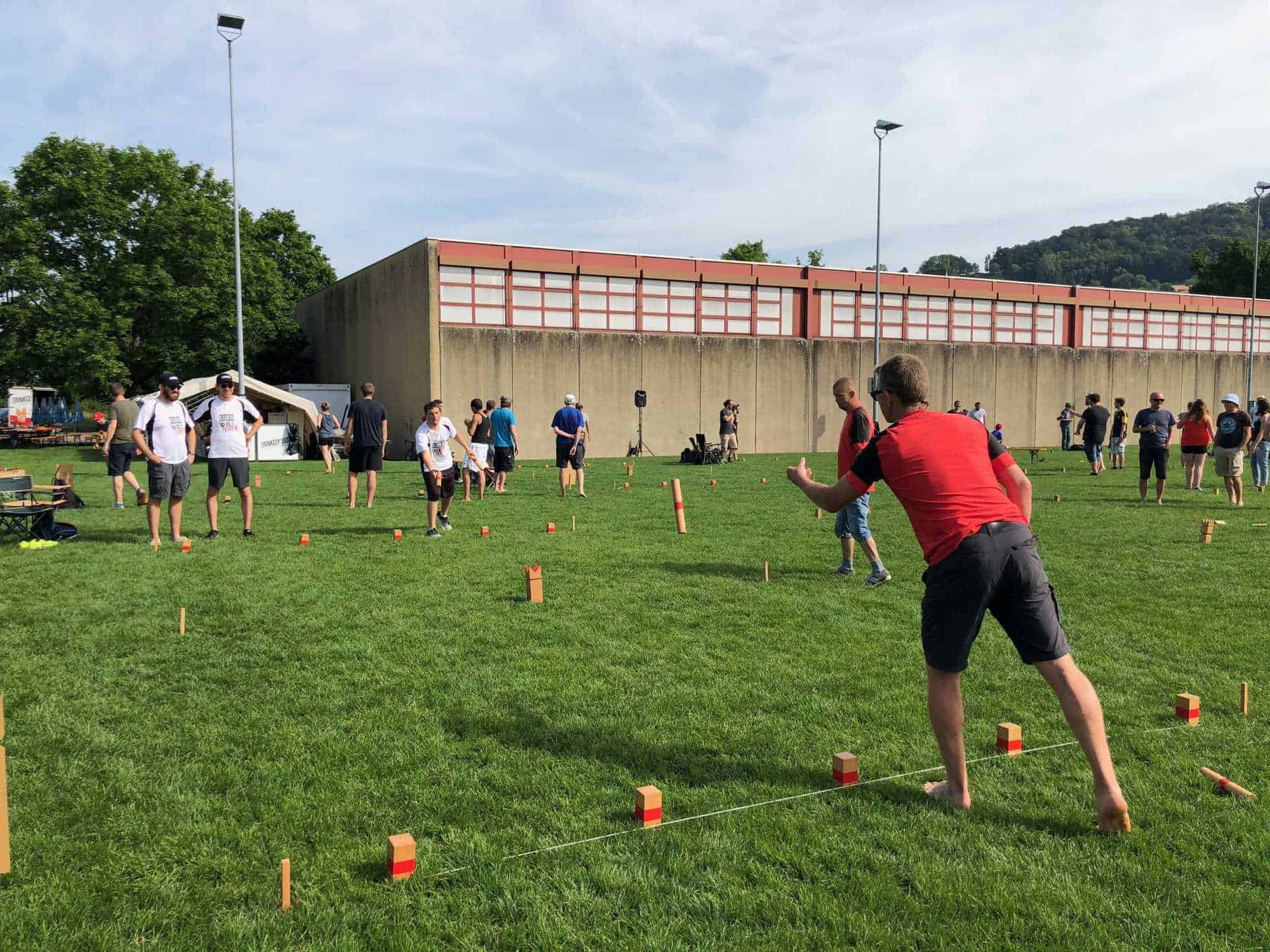
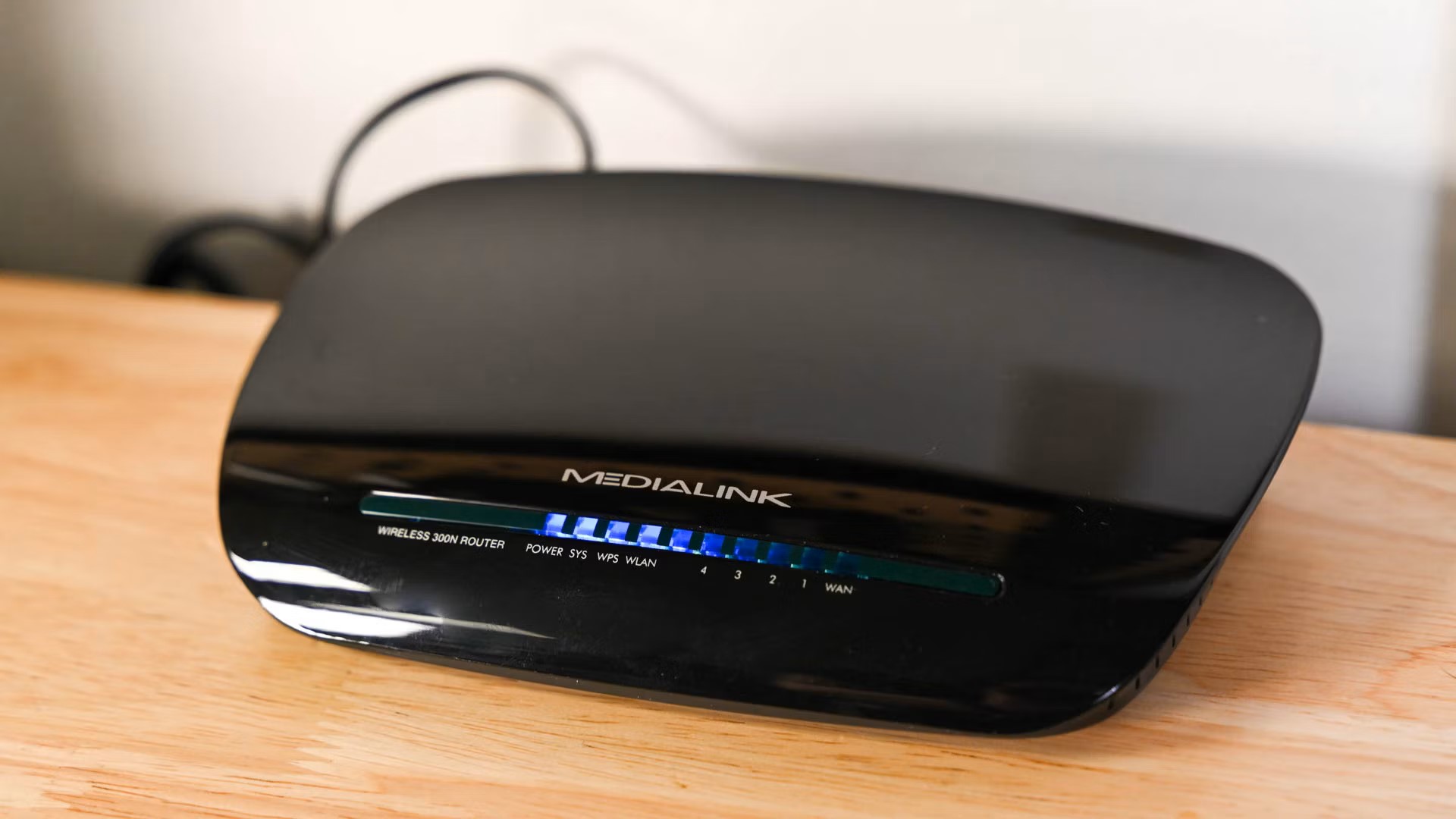
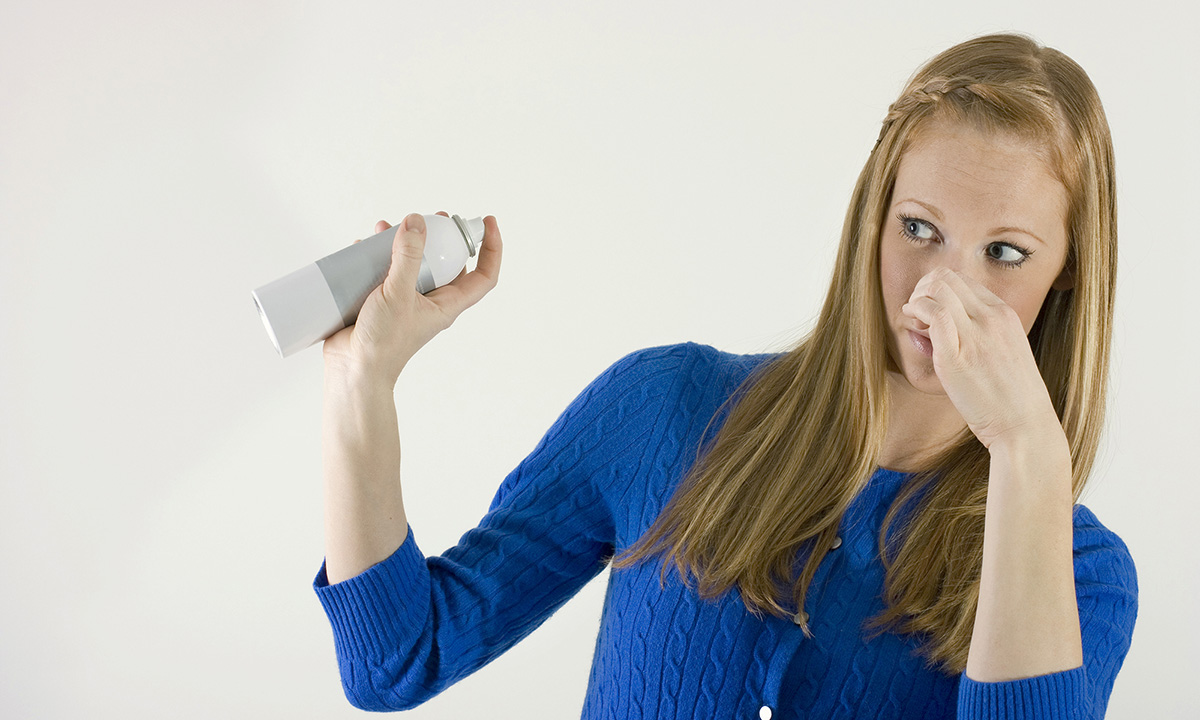
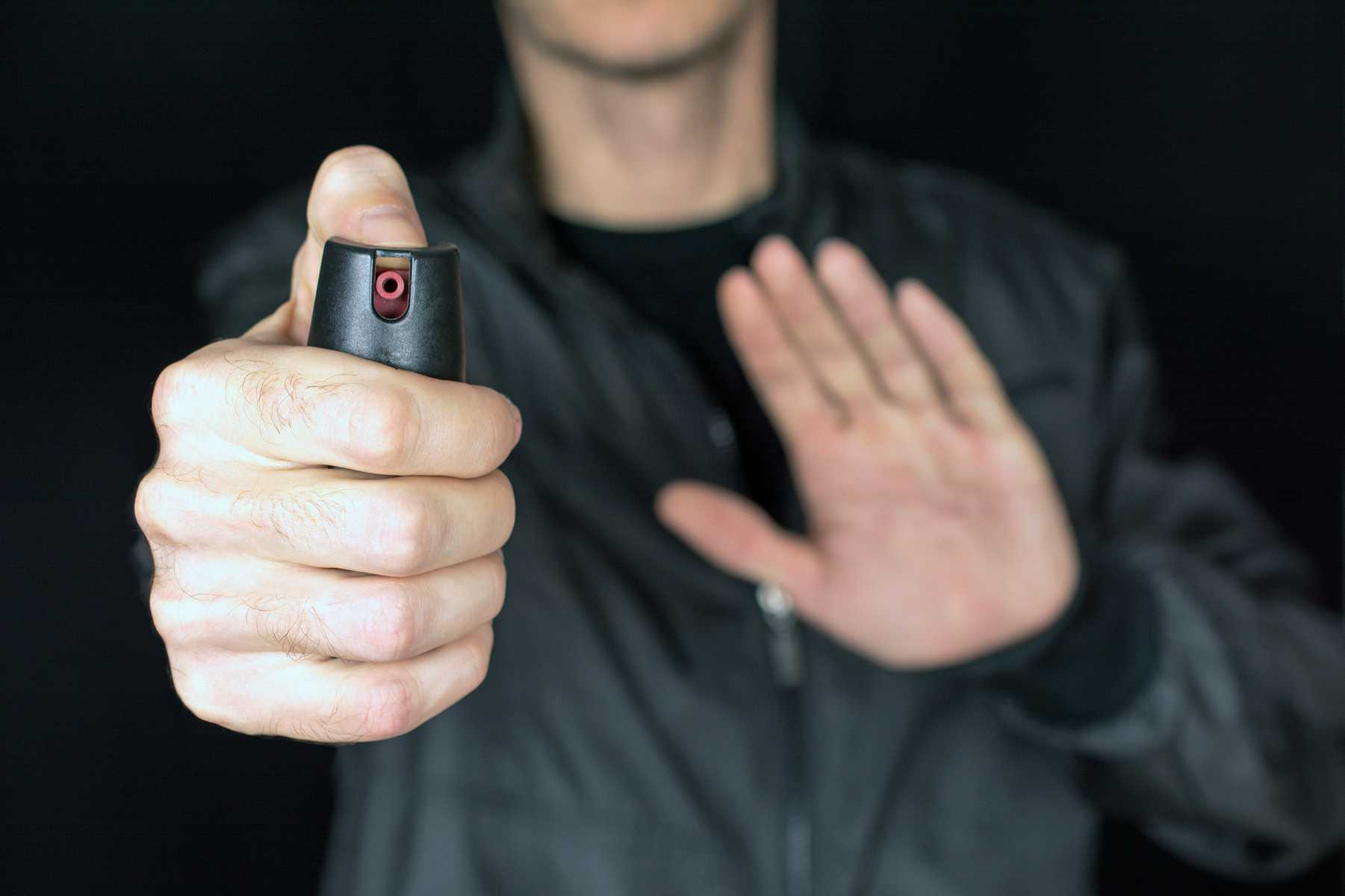

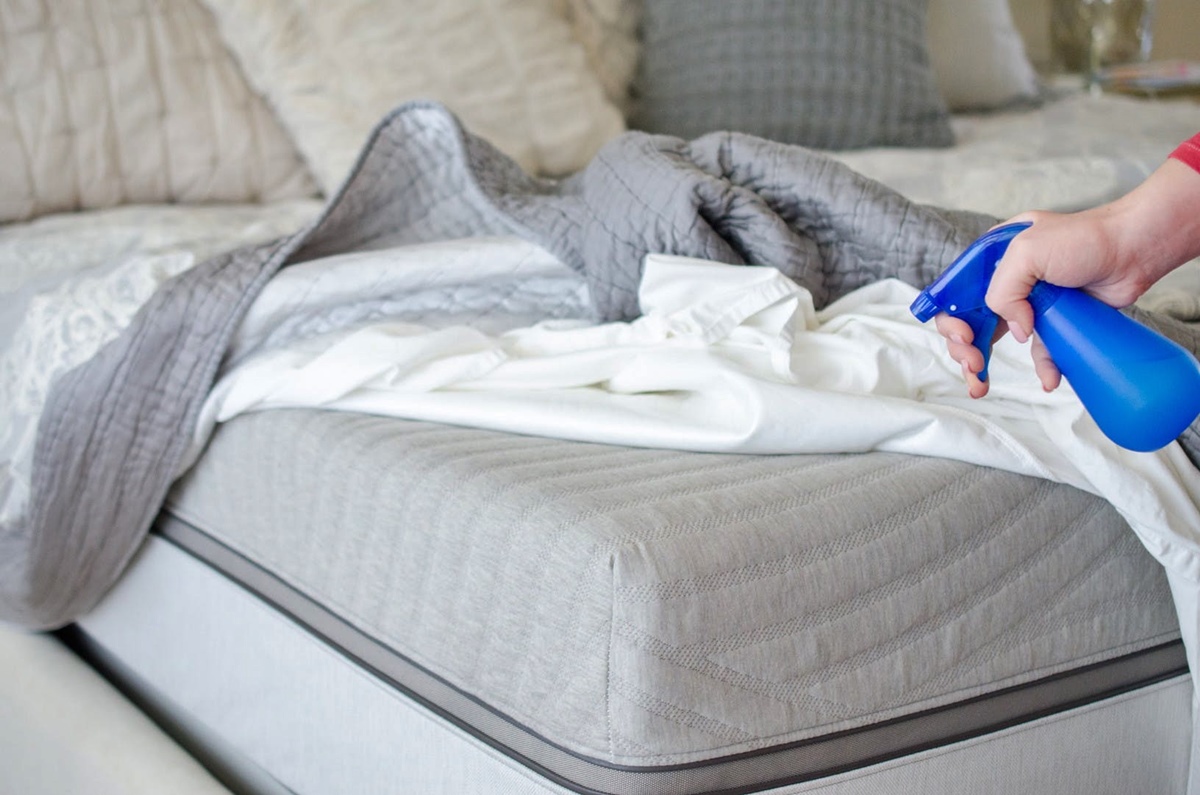

0 thoughts on “What Happens If You Don’t Clean Your Chimney”